
Business Kick-Starter Guides
How to Choose the Right Shopify Plan for Your Business?
Shopify is a fantastic platform for both startups and well-established businesses looking to make their mark online. It's easy to...
How to Select the Perfect Retail Store Location for Your Clothing Business?
Business Kick-Starter Guides
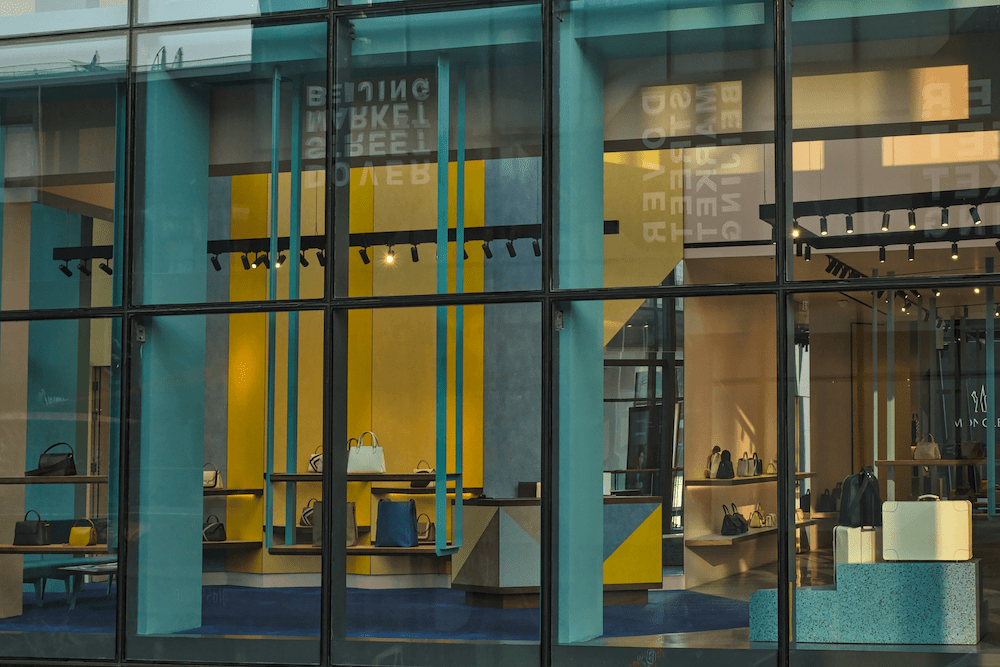
Did you know that location can influence your store’s performance? That's right, finding that perfect spot isn’t just about convenience but also about maximizing customer foot traffic, boosting sales, and increasing visibility.
In this guide, we’ll dive deep into the essential factors you need to consider when picking a location for your fashion retail store.
Let’s get started and find the perfect spot for your store!
A retail location is the physical space where a retail business operates and sells its products or services.
Choosing an optimal location is more than just picking a space within a busy area—it requires a strategic alignment with the brand’s target market and operational goals.
When choosing a location for your retail clothing business, the options are diverse, each offering unique advantages depending on your brand’s needs and customer base.
Here are some key locations to start from:
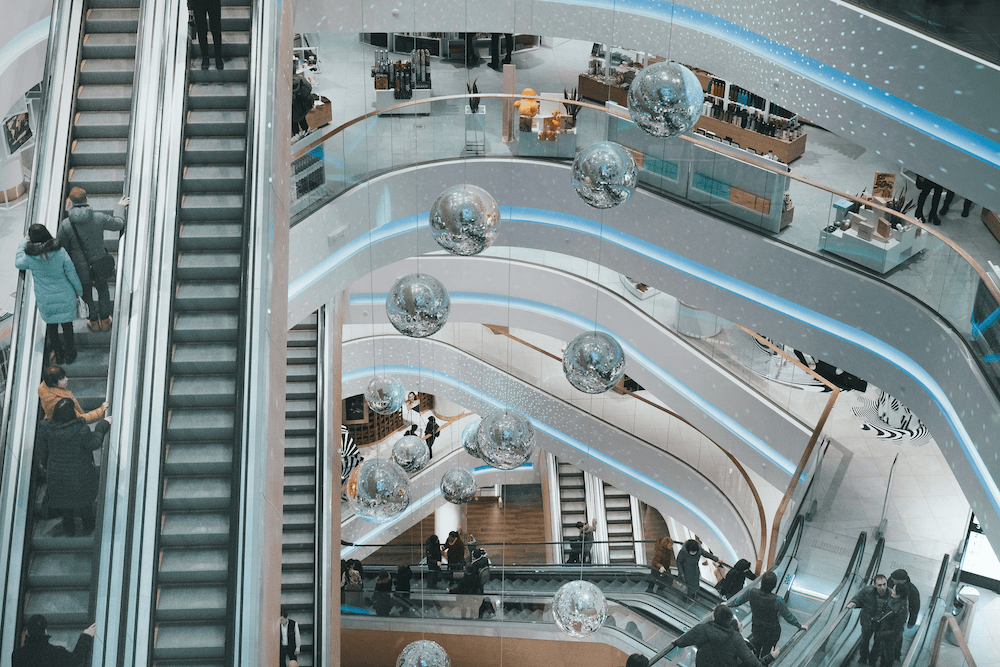
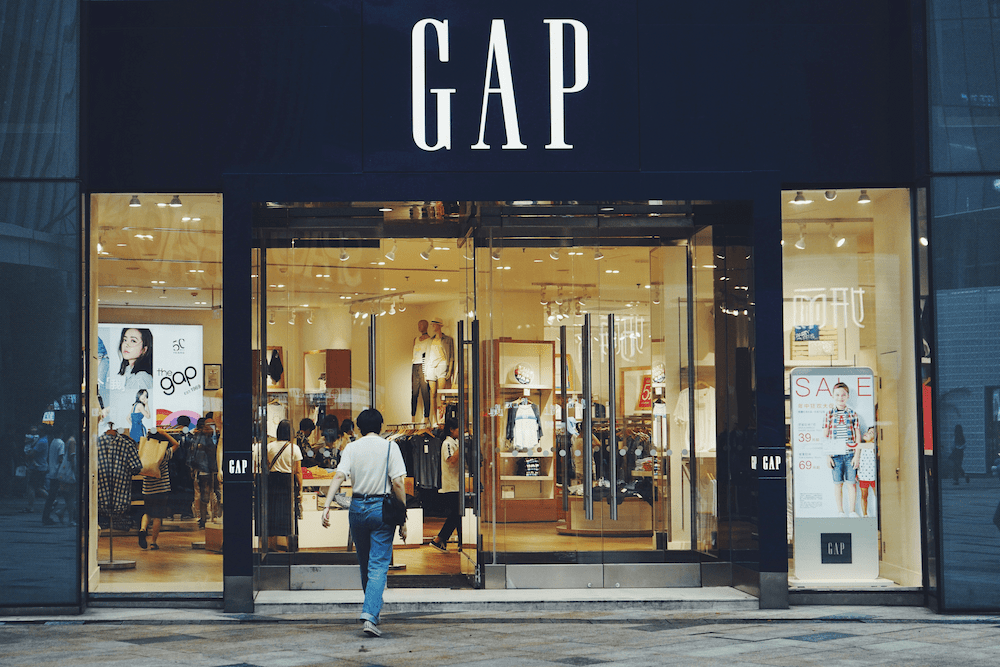
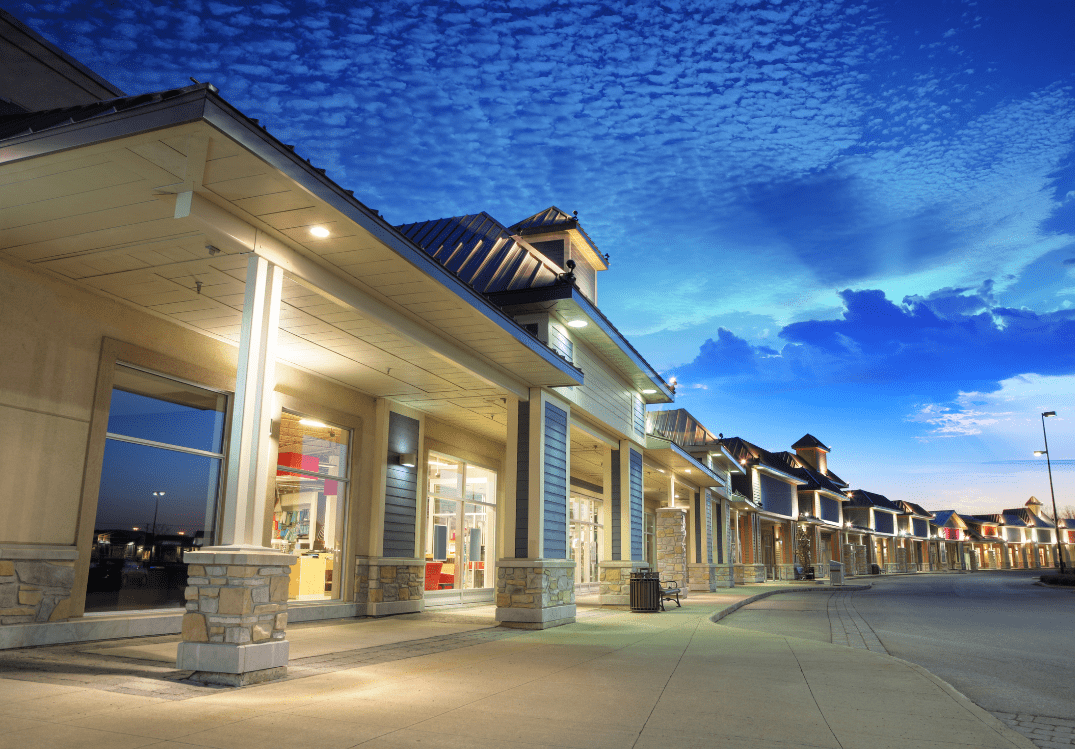
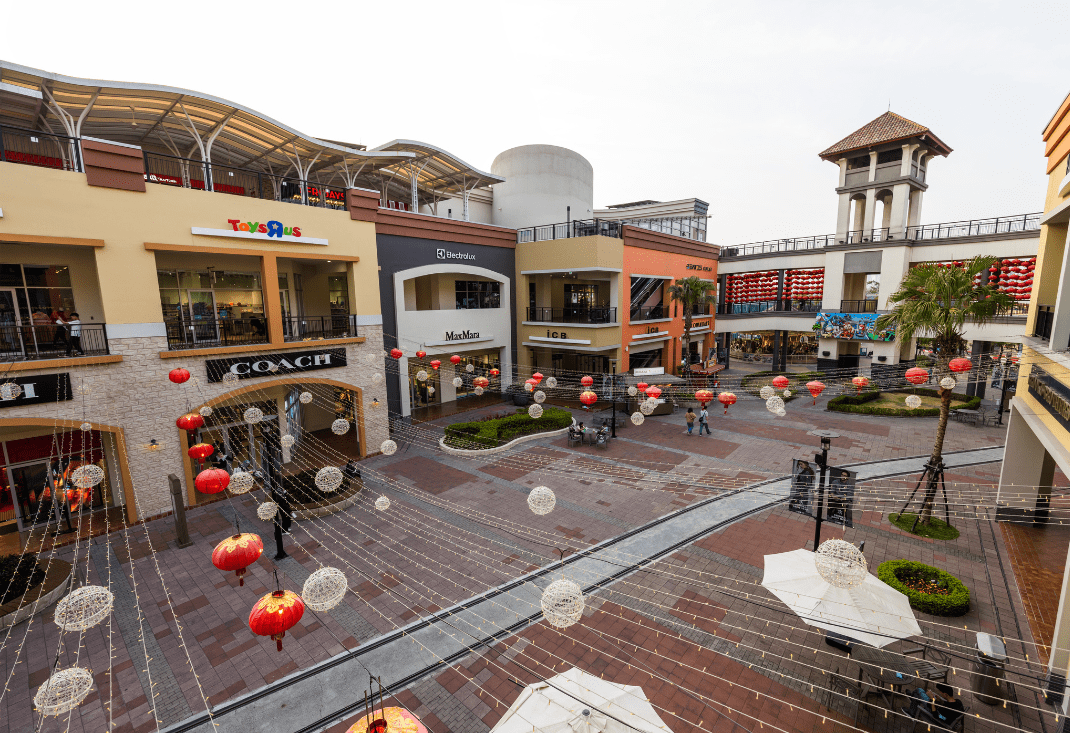
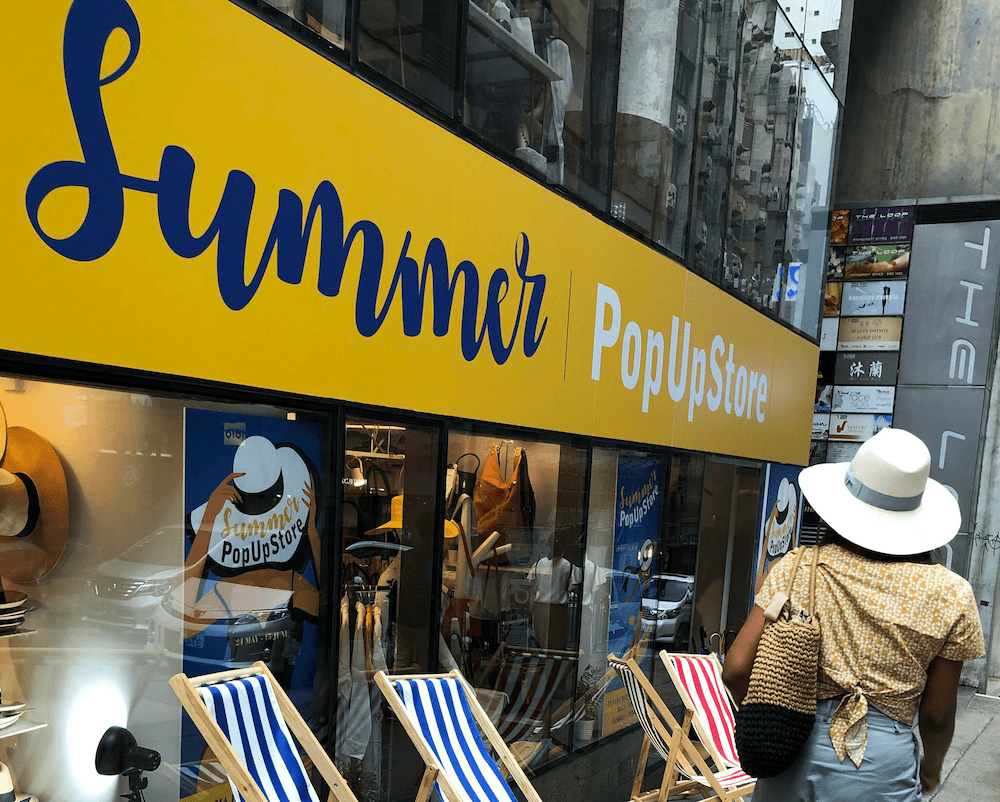
Let’s break down the key elements to help you make the best choice for your business.
First thing first, you want a location that’s naturally busy. This could be near tourist hotspots, transit stations, or bustling city streets.
Spend a bit of time people-watching at different times to see the flow—morning rush, lunchtime lull, or evening crowds. For example, a clothing store near a popular pedestrian street can capture a wide variety of shoppers, from casual browsers to serious buyers, maximizing exposure and increasing the likelihood of sales throughout the day.
It’s also crucial that your store stands out. Good visibility isn’t just about being seen; it’s about being noticed.
Can people easily spot your shop from across the street?
Is there room for eye-catching signs or vibrant displays?
Last but not least, consider the type of people passing by. Are they rushed office workers, relaxed tourists, or parents on a school run? Their needs will dictate whether they’re likely to stop by.
For instance, a high-end fashion store might thrive on a chic high street rather than a commuter path, where most are in a hurry.
Your store needs to be super easy for customers to get to, whether they’re coming by car or on foot. The easier it is for customers to reach your location, the higher the likelihood they’ll visit repeatedly.
For example, if you’ve spotted a place but parking is a nightmare, it might turn away folks who prefer a quick and easy stop.
Accessibility via public transport is another key aspect. A store that’s a stone’s throw from bus stops or train stations can benefit from the daily flow of commuters. This constant stream of potential customers can be especially lucrative during peak commuting hours, lunch breaks, and after work.
For those on foot, consider how pedestrian-friendly the location is. Are there safe and well-maintained sidewalks, pedestrian crossings, and easy entry and exit points? Shops that are easy to walk into from the street tend to attract more walk-in traffic.
Getting a grip on who your customers are and what they like is key to nailing down the perfect spot for your store.
For example, if you’re targeting customers looking for clothing from luxury fashion brands, setting up a shop in a swanky part of town is a no-brainer. These areas often attract folks with money to spend who appreciate a premium shopping experience.
It’s also smart to think about when and how your customers like to shop.
Do they swarm the stores on weekends, or are weekdays their go-to?
Do they love the convenience and variety of a bustling mall, or do they prefer the charm of a standalone boutique?
For instance, busy parents might look for quick and easy shopping options in strip centers, while fashion-forward shoppers might enjoy taking their time in a stylish downtown district.
Checking out nearby businesses is another critical step in choosing your retail location.
Too many similar stores in one area can saturate the market, making it tough for any single store to stand out. However, being close to stores can also create a shopping hub where customers know they can find multiple choices.
This can work in situations where stores sell related products but don’t directly compete can boost each other’s traffic.
For instance, if you run a luxury clothing store located near cosmetic shops or branded jewelry stores that can attract the same customers, you can create a great shopping experience that benefits everyone.
To summarize, to get a clear picture of the competition:
By focusing on these factors, you’ll have a better idea of whether a location is suitable for your retail store.
You need enough space to window display your products as well as arrange them on shelves and racks, but not so much that it feels empty or overwhelming.
Think about how much inventory you’ll carry and how you want to arrange it. For example, a small boutique might thrive in a cozy, intimate space where customers feel special and attended to.
Also, consider the back-end operations.
Do you have enough storage for inventory?
Is there space for a fitting room, if needed?
How about an office area for administrative tasks?
Finally, think about future growth. You don’t want to move to a new location every time you expand. Choose a space that allows for some flexibility as your business grows.
Before signing on the dotted line, take a good look at the building’s construction as well.
You want to make sure the space is not only aesthetically pleasing but also structurally sound and safe. Check for any signs of damage, like cracks in the walls, leaks, or mold.
Don’t forget about practical needs either.
Is the HVAC system in good working order to keep your store comfortable year-round?
Are the electrical systems up to code and capable of handling your lighting, registers, and other equipment?
Safety is a big deal when choosing a retail location for your clothing business. You want your customers to feel comfortable and secure while shopping at your store.
Look for areas with low crime rates and a strong police presence. Well-lit streets and parking areas are a must, especially if you expect a lot of evening shoppers.
Ensuring a safe environment can enhance the overall shopping experience, encourage repeat visits, and help build a loyal customer base.
Your budget is a huge factor to consider when picking your retail location.
While being in a prime spot is great for exposure, you need to balance what you can afford with the benefits you’ll get and what fits in with your business plan.
But don’t just think about the rent. There are hidden costs to consider, too. Utilities, maintenance, insurance, and any renovations needed to get the place up to your standards can add up quickly. That’s why it’s crucial to factor in these potential expenses from the get-go.
By keeping a close eye on your budget and considering all associated costs, you can make a smart decision that doesn’t strain your finances.
Finally, pay super close attention to the lease and whether it offers flexibility.
Look for any clauses about rent increases. Are they fixed, or could they fluctuate based on market conditions? It’s also important to understand what’s included in the rent. Does it cover utilities, maintenance, or property taxes, or are those additional costs you’ll need to budget for?
Also, make sure you’re clear on the responsibilities for repairs and renovations. Some leases require tenants to handle all maintenance, while others may only cover certain aspects.
Picking a spot for your retail clothing store can make the difference between bustling success and struggling to stay afloat.
When choosing your retail location, remember to:
With the right information, you’ll be well on your way to finding a location that sets your business up for long-term success.
Happy hunting!
A retail store is a brick-and-mortar business that sells products directly to consumers. It can range from small boutiques to larger department stores, where customers can buy a variety of goods like clothing, electronics, groceries, and more.
A retail location strategy is a plan that businesses use to select the most effective sites for their stores. It involves analyzing factors like customer demographics, foot traffic, competition, and accessibility to ensure the chosen location will attract and retain customers.
What is dropshipping?